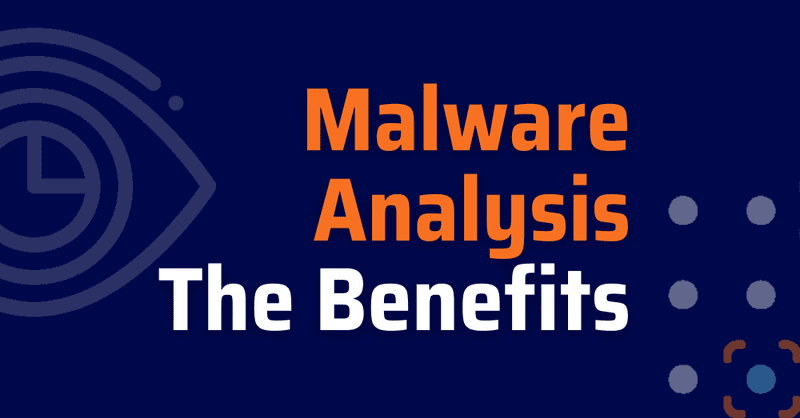Developers today depend heavily on open-source software to create faster, more innovative applications. However, open-source software, which accounts for up to 90% of modern codebases, is increasingly targeted by cybercriminals. Consequently, threats like open-source malware are more common than ever, infiltrating dependencies and exposing projects to vulnerabilities. Because of this, malware analysis has shifted from being optional to absolutely essential. By leveraging advanced malware analysis tools, developers can quickly identify and neutralize malicious code, thereby protecting their applications and maintaining user trust.
In this guide, we’ll explore the malware analysis process for open-source software, highlight the benefits of using malware analysis tools.
What Is Malware Analysis for Open-Source Software?
To start, malware analysis means looking closely at harmful software to understand what it does, where it came from, and how it could cause damage. For open-source software, this involves carefully checking every library, dependency, and package to find hidden dangers.
Given the increasing use of open-source components, threats like dependency confusion and typo-squatting have emerged as serious risks. As a result, using malware analysis tools to identify and address open source malware has become critical to secure modern software projects.
There are two primary methods for conducting malware analysis:
- Static Analysis: This method inspects code without executing it, focusing on identifying malicious patterns or suspicious scripts.
- Dynamic Analysis: This approach involves running the code in a virtual environment to observe its real-time behavior.
By combining these approaches, organizations gain a deeper understanding of potential threats and are better equipped to mitigate them.
The Malware Analysis Process for Open-Source Software
The malware analysis process typically involves the following steps:
- Collect the Dependency: To begin, gather the libraries or packages suspected of containing open source malware.
- Static Analysis: Next, inspect the code for suspicious patterns, backdoors, or obfuscated operations.
- Dynamic Analysis: Afterward, execute the code in a virtual environment to observe its behavior in real time.
- Reverse Engineer Complex Threats: For deeper insights, use manual code reversing techniques to uncover advanced malware tactics.
- Document and Mitigate: Finally, record all findings and apply appropriate fixes to prevent future risks.
By following these steps, organizations can proactively address vulnerabilities and protect their projects against open source malware.
Benefits of Malware Analysis Tools
Malware analysis tools offer a range of advantages, but the following stand out as the most critical for securing your systems and protecting your data:
Better Threat Identification
First and foremost, malware analysis tools excel at identifying threats early. By using both static and dynamic analysis, they uncover malicious patterns and behaviors quickly. This ensures vulnerabilities are detected before they can cause harm.
Proactive Defense
Additionally, these tools allow organizations to build stronger defenses by understanding how malware operates. This proactive approach helps prevent future attacks, including advanced threats like zero-day vulnerabilities.
Stronger Incident Response
Moreover, real-time insights from malware analysis tools enable faster, more effective responses to incidents. This minimizes damage and ensures critical systems are restored quickly.
Enhanced Threat Intelligence
By examining malware in-depth, these tools provide valuable information about threat actors, techniques, and tactics. This intelligence not only protects your systems but also helps you prepare for similar threats in the future.
Improved System Integrity
Finally, malware analysis tools keep your systems running smoothly by detecting and removing malicious code, ensuring the reliability and availability of critical applications.
How Xygeni’s Early Warning Product Enhances Open-Source Security
Xygeni’s Early Warning Product is specifically designed to secure open-source software by addressing vulnerabilities proactively. Here’s how it works:
- Continuous Monitoring: It tracks public registries for malicious packages and blocks them immediately, protecting your software from threats in real-time.
- Automated Fixes: By automatically applying patches or quarantining threats, Xygeni saves your team valuable time and effort.
- Comprehensive Insights: It provides detailed reports on identified vulnerabilities, helping teams prioritize and fix critical issues effectively.
- Global Threat Integration: Xygeni enriches its analysis with data from global databases, improving malware detection and response.
With these features, Xygeni offers an unmatched solution for protecting your software supply chain against open source malware.
Why Developers Need Both Static and Dynamic Malware Analysis
When it comes to analyzing open-source software, neither static nor dynamic analysis alone is sufficient. Instead, combining the two ensures a comprehensive approach to identifying and addressing vulnerabilities.
For example:
- Static analysis excels at identifying signature-based threats, making it ideal for preemptive scanning.
- Dynamic analysis, on the other hand, uncovers behavior-based risks that static methods might miss.
Using malware analysis tools that integrate both methods allows developers to secure their projects against a wider range of threats.
Building Secure Software: Your Next Step
As developers, we know how much open-source software drives innovation and accelerates development. However, with great power comes great responsibility—open source malware is a growing threat, and ignoring it is no longer an option. That’s why integrating malware analysis tools into your workflow is a game-changer.
Think about it: by proactively addressing vulnerabilities, you’re not just protecting your code—you’re protecting your users and earning their trust. Tools like Xygeni’s Early Warning Product make this easier by automating the tough stuff, so you can focus on what matters—building great software.
Security doesn’t have to slow you down. With the right tools, it can even speed things up by preventing issues before they snowball into costly problems. So why wait? Schedule a demo today and see how Xygeni can help you ship secure software with confidence.
Want to dive deeper? Watch our non-gated SafeDev Talk Episode on the Evolution of Open-Source Malware Attacks

